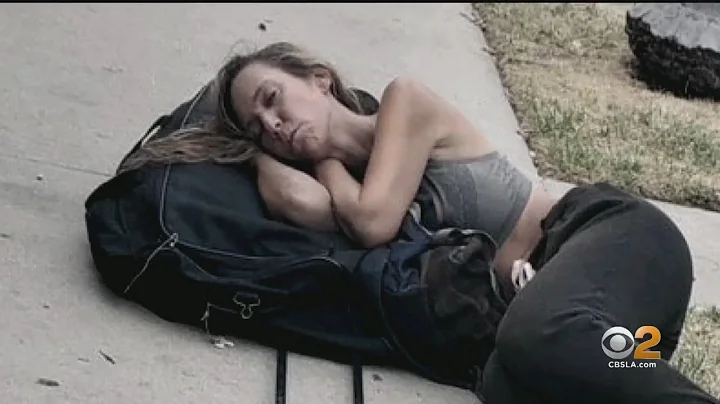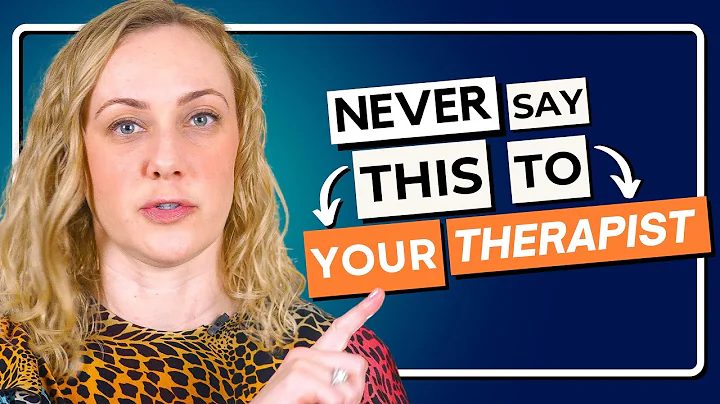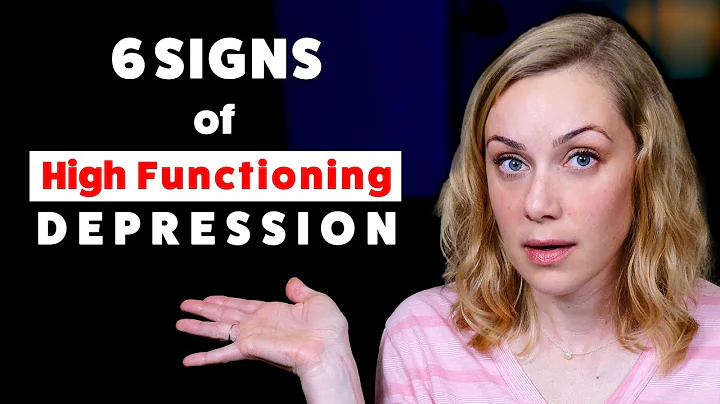From thriller movies, horror chambers to horrible Halloween costumes, people consume a variety of fear-related products and experiences. This experience or product that aims to evoke negative emotions such as fear and anxiety is called counterhedonic comsumption. In recent decades, the demand for anti-health consumption in the market has surged, becoming one of the most popular and profitable entertainment categories. However, people's understanding of this type of consumption is still relatively limited.

Scholars from Johns Hopkins University Haiyang Yang and Scholars from Nanyang Technological University Kuangjie Zhang increases their understanding of such consumption by exploring how consumers’ perception of resources affects anti-health consumption. They have proved through 8 studies that perceived resource scarcity will reduce consumers' sense of control, and thus reduce their preference for anti-health consumption.
Anti-health consumption
Hedonism A basic assumption is that people pursue happiness and escape pain. However, consumers will also spend a lot of time and money on some products and experiences that cause negative emotions. Therefore, the popularity of anti-health consumption has attracted the attention of scholars in different fields such as psychology, sociology, communication , and consumer research.
There are many factors that affect consumers' preference for anti-health consumption, such as in order to enrich their life experience, escape from their ordinary self, and gain a sense of fulfillment in life.
Resource scarcity and resource abundance
Resource scarcity and abundance can be associated with the actual resource level of consumers (for example, feeling tight due to income below the poverty line), but it can also undergo perceived changes based on the specific situation. For example, social comparisons with wealthier people will make people who are actually well-off feel lacking enough wealth, but the same person compares with others below the poverty line will make them think they have abundant economic resources.
perceived resource scarcity affects consumer behavior in many areas, including those that are not related to a particular resource. For example, resource scarcity can enhance people's creativity in product use, prompting them to use existing materials in different ways.
-based mechanism of action based on sense of control
Previous research pointed out that consumers' sense of control is related to their ability to cope with negative emotions. The confidence framework is rooted in the consumer’s sense of subjective control, that is, consumers feel danger and threat, but believe that they can manage and control the environment. In the context of horror consumption, horror stories are only interesting when people can control the reading situation. Therefore, a sense of control can serve as a confidence framework for anti-healthy consumption situations.
In addition, existing studies have shown that perceived resource scarcity may reduce a person's sense of control. For example, the more unstable a person’s work is, the less he or she has perceived control over his or her life.
Based on the above, the author proposes that compared with the rich perceived resources, the scarcity of perceived resources will reduce consumers' sense of control, thereby reducing their desire to consume anti-healthy products and services. However, by improving consumers' sense of control, perceived resource scarcity on anti-healthy consumption preference will be alleviated.
study design and results
In the article, the authors designed eight studies to verify their hypotheses.

Study 1 collected movie box office data from 82 countries over the past 10 years, and measured the richness of resources by per capita GDP. research results show that individuals from resource-rich countries consume more horror movies, and this model does not appear in romance and documentary .
Study 2A-2C used different methods to manipulate the scarcity of participants' perceived resources, and tested the participants' preference for haunted houses and horror movies respectively. The results of the experiments all show that compared with those in resource-rich situations, participants in resource-scarce situations have lower preference for anti-health consumption.
Study 3A showed that after weakening the participants' sense of control, the preference of resource-rich participants for anti-health consumption decreased. At this time, there was no significant difference in the tendency of participants to anti-health consumption under the conditions of resource-rich or scarcity.Study 3B shows that enhancing participants’ sense of control can reduce the negative impact of perceived resource scarcity on consumers’ anti-health preferences, that is, sense of control can improve participants’ preferences for anti-health consumption, but participate in rich resources. There was no significant impact on .
Studies 4 and 5 revered the above view in different situations. The results of both studies show that the sense of control mediates the influence of resource scarcity on anti-health consumption preferences .

In addition, although scarcity of resources will also affect people's sense of security, the mediation effect of sense of security is not significant. This further suggests that in anti-health consumption, the confidence framework represented by the sense of control plays a more important role than the security framework represented by the sense of security.
marketer, what would you do?
When marketing anti-health products or services, enterprises should pay attention to using situations or periods where consumers perceive rich resources. In situations where resources are scarce (for example, when the global economy is affected by COVID-19), consumers may have a lower preference for anti-health products or experiences.
study also shows that companies can increase their preference for anti-healthy experience by enhancing consumers’ sense of control in their consumer experience. For example, theme parks or game developers can highlight the adventures consumers can choose from in the park or game to enhance their sense of control and thus help increase consumers' preference for such consumption.













